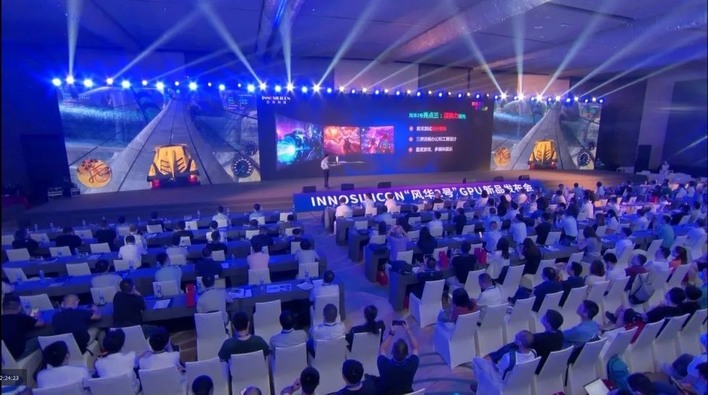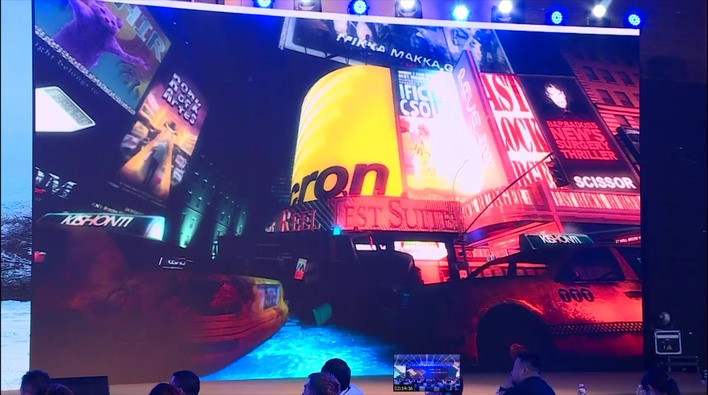Chinese IP House Innosilicon Demonstrates Power Sipping Fenghua No. 2 DirectX 11 GPU
China has been trying to break away from reliance on foreign technology as much as possible, though. The country has its own home-grown CPUs, SoCs, memory, and software; the biggest thing it's lacking is GPUs. Innosilicon made some waves last year with its Fenghua No. 1 GPU, also known as Fantasy One, but we did not hear much about it after the initial announcement.
Well, in a live show yesterday, Innosilicon presented the second-generation Fenghua GPU, predictably named the Fenghua No. 2. Where the original part boasted grandiose specifications including up to 32GB of GDDR6X memory, the Fenghua No. 2 is a more modest product with a smaller GPU and an emphasis on low-power operation.
Two possible models of Innosilicon Fantasy Two graphics cards.
One of the most surprising claims about the Fenghua No. 1 was that it would have DirectX support for use in Windows. We never saw that demonstrated, but Innosilicon is clearly much more confident in the second-generation part. The company demonstrated Windows 11 on stage using Unigine Heaven in DirectX 11 mode as well as various OpenGL benchmarks including CAD, AI processing, and a number of other game-like 3D tests.
That's not to say that there aren't questions about the Fenghua 2. Innosilicon says that while the original model used exotic GDDR6X memory, the new card steps down to its own LPDDR5X at 10 Gbps. That is a very impressive transfer rate for LPDDR5X memory; Innosilicon does not say how wide the memory bus on the Fenghua 2 is, but assuming a 64-bit bus, you're looking at 80 GB/sec—similar to the Steam Deck, and plenty enough for an entry-level GPU like this.
The Fantasy 1 never found its way out of China that we could see. That could be because it had limited production, or it could simply be that it was only ever intended for the Chinese market. Hopefully the Fantasy 2 can find its way overseas, as we'd love to put this little graphics processor through its paces.
Images in this post from CNBeta.



